Health Care Report: Factors Influencing Student Health at University
VerifiedAdded on 2023/01/17
|5
|1066
|55
Report
AI Summary
This report summarizes a qualitative study by Deliens et al. (2015) investigating the determinants of physical activity and sedentary behavior in Belgian university students. The research, conducted using focus group discussions, aimed to understand the factors influencing student health and well-being, particularly during the transition from secondary school. The study identified individual, social, environmental, and macro-environmental factors influenced by university characteristics. The research highlighted the importance of interventions such as cheaper sports activities, accessibility to sports lessons, and integrating sports into the curriculum. The report evaluates the research methodology, including the use of qualitative research and focus groups, and discusses the study's strengths, such as its rigorous data analysis and the direct collection of recommendations for interventions. The findings suggest that universities should provide sufficient break times during classes and offer on-campus sports activities to promote healthy behaviors among students. The study provides valuable insights for developing effective interventions to improve physical activity levels and reduce sedentary behavior in the university student population.
1 out of 5
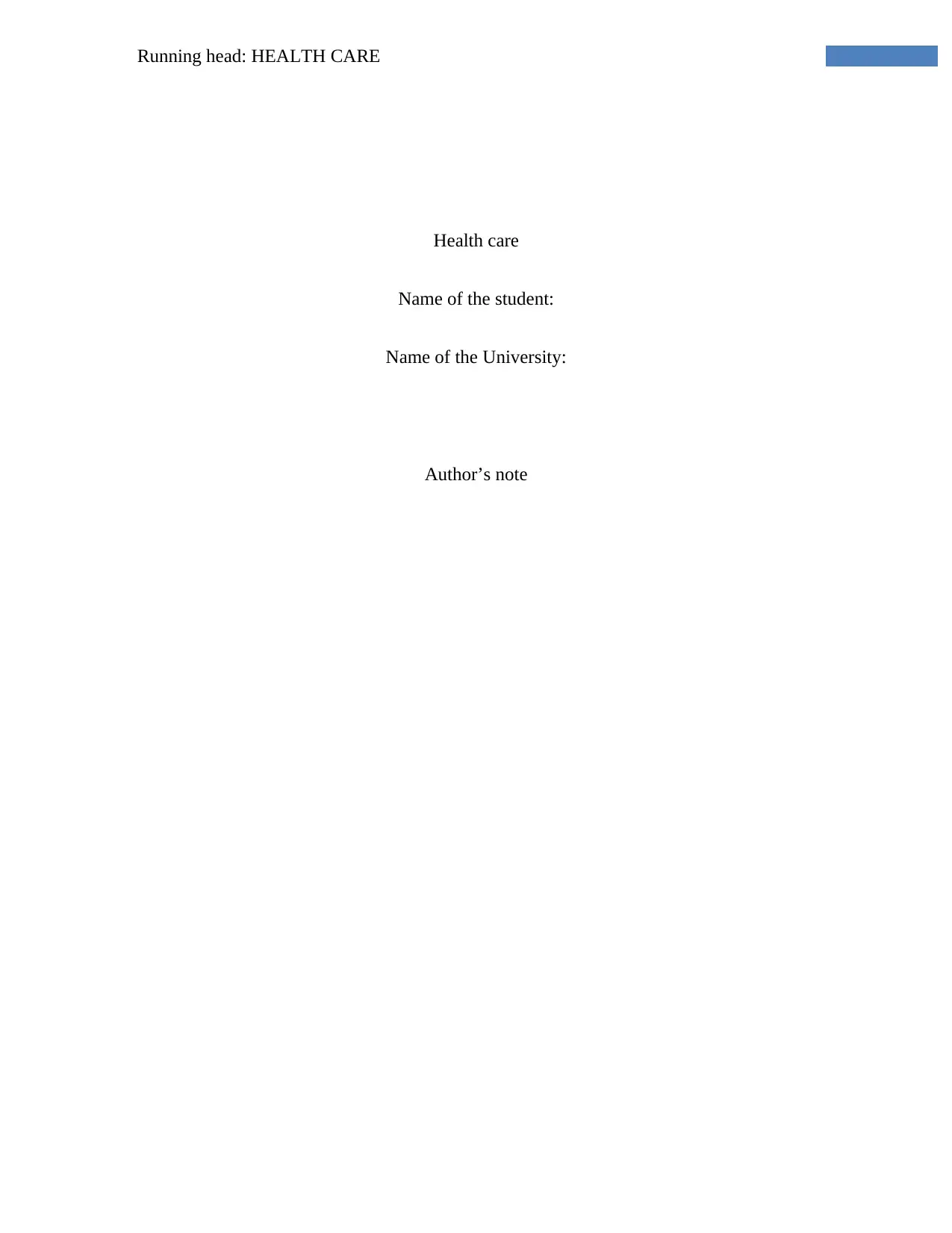
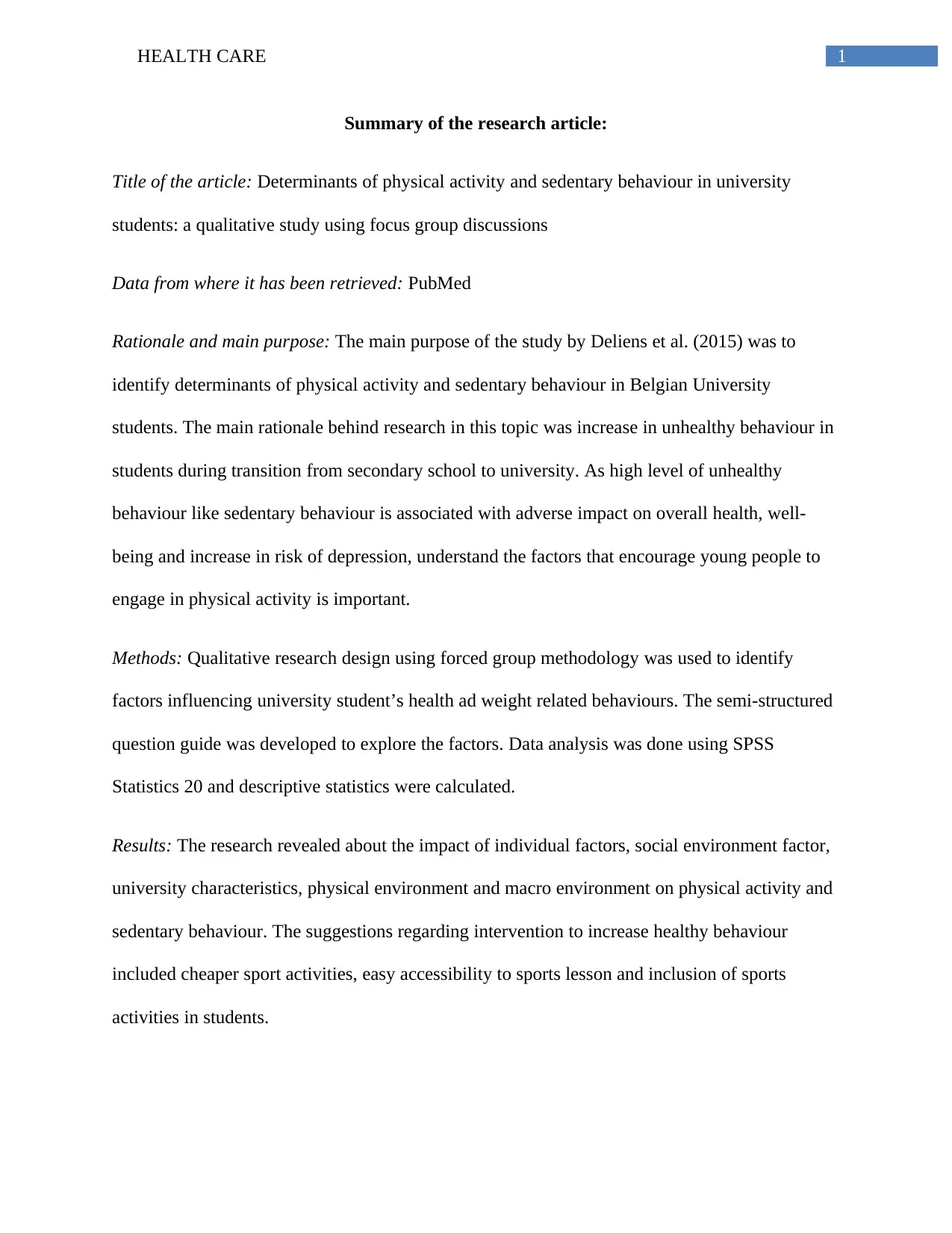
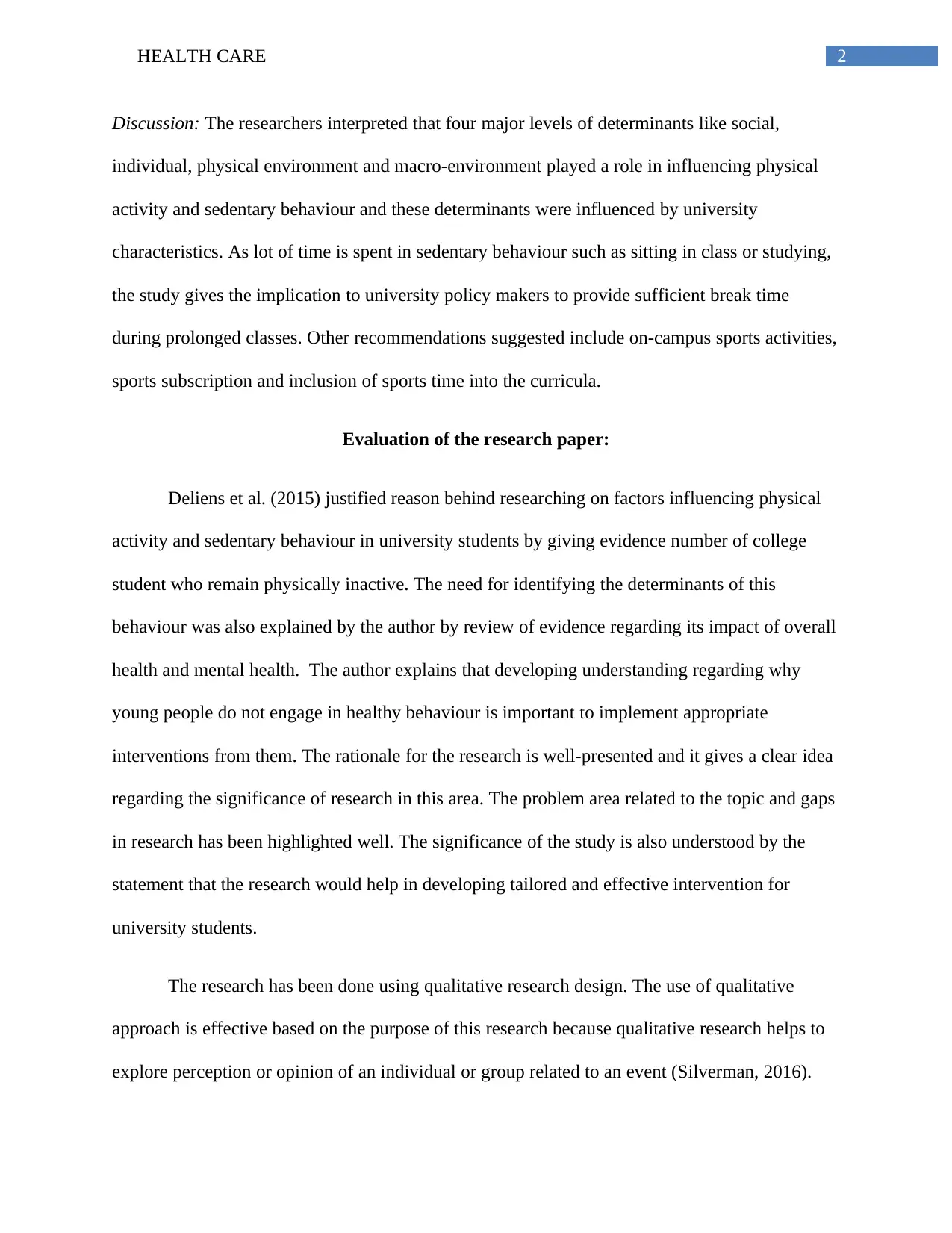

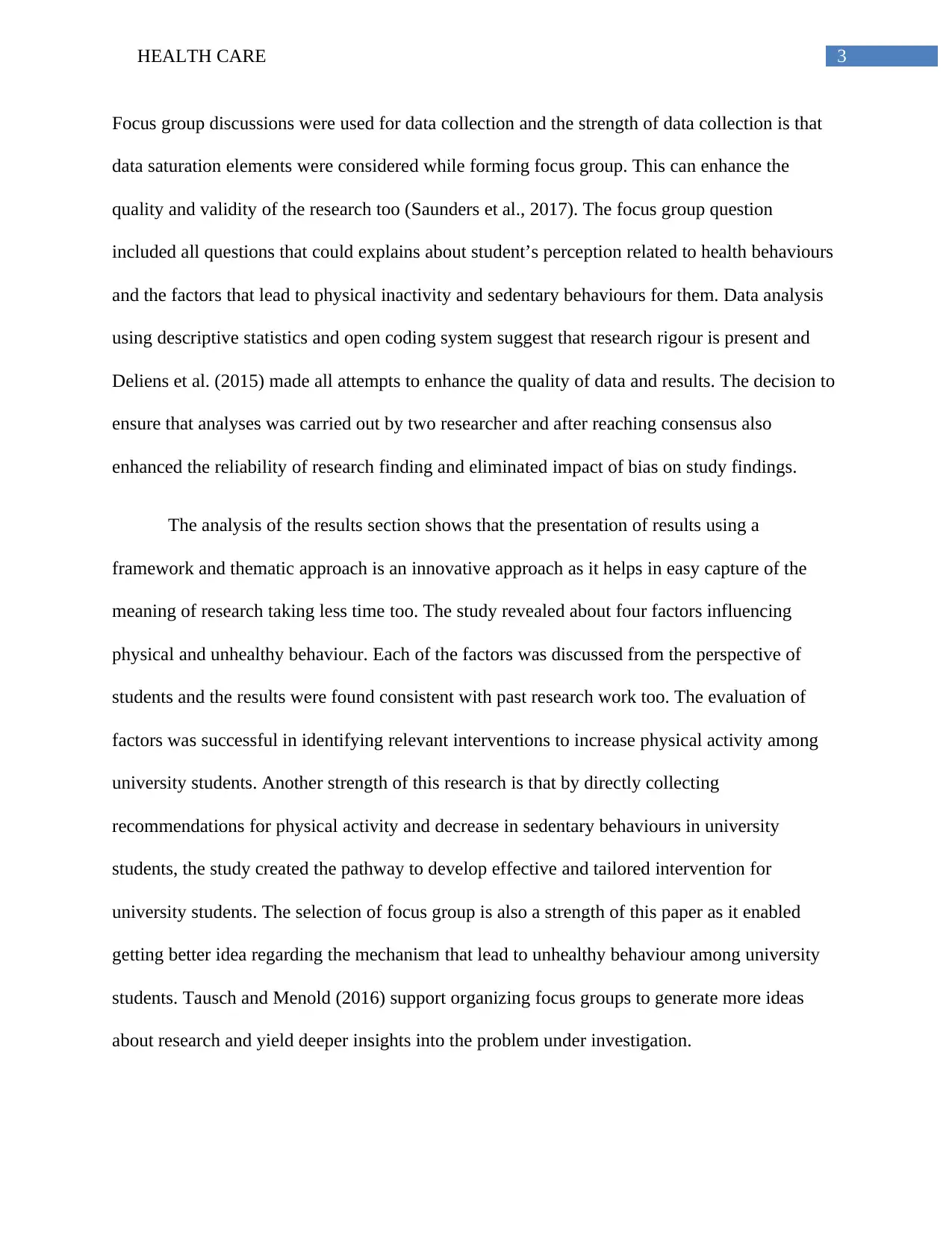
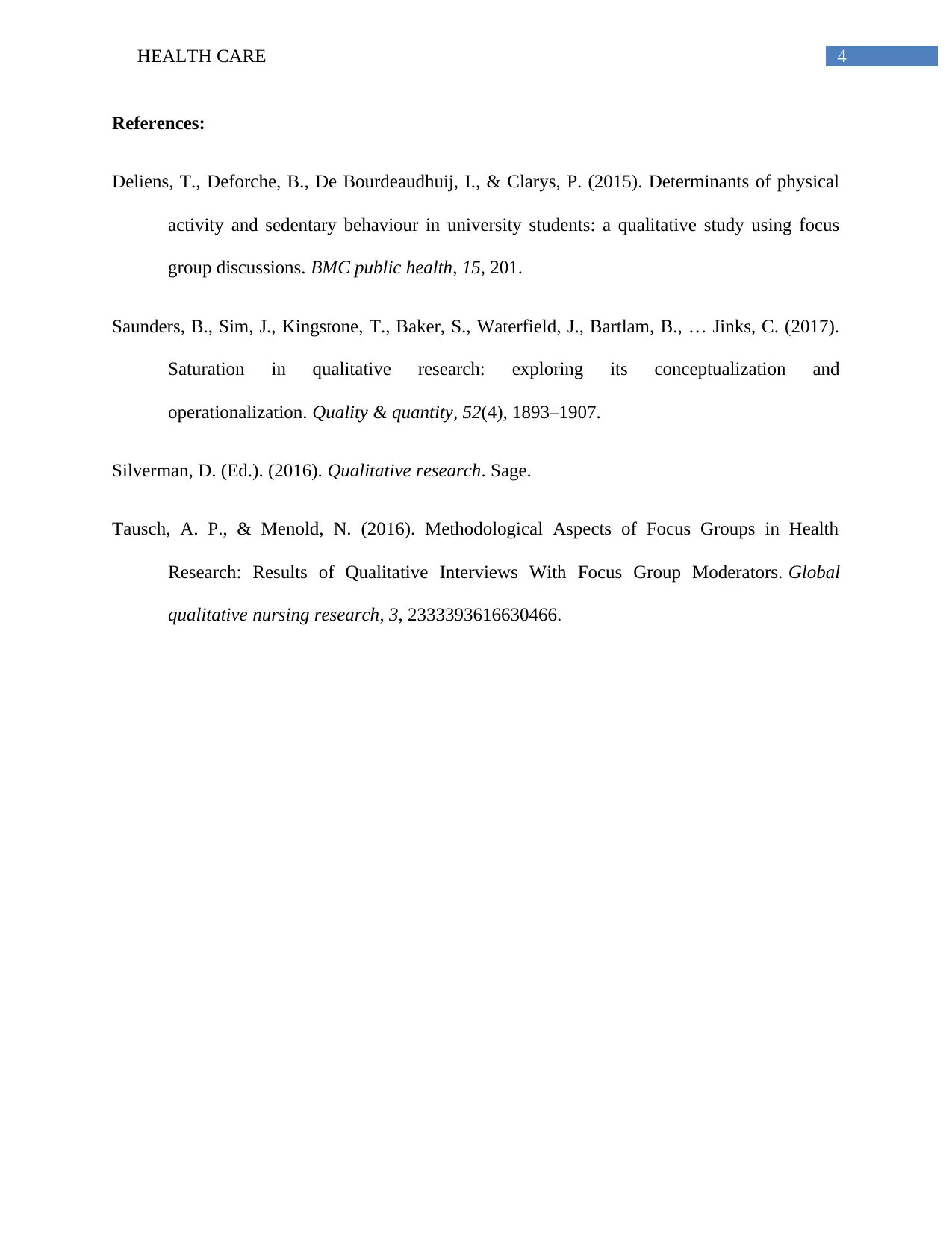






![[object Object]](/_next/static/media/star-bottom.7253800d.svg)